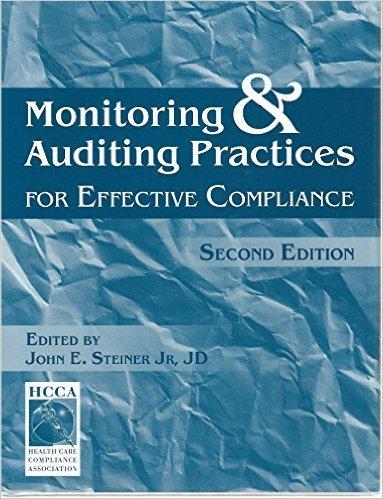Answered step by step
Verified Expert Solution
Question
1 Approved Answer
the question has 2 image c 6. Fifteen field plots were each divided into 3 subplots. Three compost types were randomly assigned to the field


the question has 2 image
c 6. Fifteen field plots were each divided into 3 subplots. Three compost types were randomly assigned to the field plots, 5 plots for each compost type. Then 3 harvest times were randomly assigned to the subplots in each plot. Fresh weights of plants were measure for each subplot. A total of 45 measurements were made. Average fresh weights are given in the table below. Harvest Week Compost Type 1 2 3 Average 1 5 8 14 9 2 3 5 10 6 3 4 9 7 Average 4 11 22/3 vond (a) Identify the experimental design. (b) Give sources of variation and corresponding degrees of freedom in an ANOVA table for analyzing the data. I (c) Describe how you would compute F-test statistics for testing the significance of the main effect of compost type and the main effect of harvest week. Report the relevant degrees of freedom of the test statistics. (d) Compute the sums of squares for the main effect of compost type and harvest week. 2 3 Harvest Week Compost Type 1 1 5 8 14 2 3 5 10 3 4 8 9 Average 4 7 11 Average 9 6 7 22/3 (a) Identify the experimental design. (b) Give sources of variation and corresponding degrees of freedom in an ANOVA table for analyzing the data. (c) Describe how you would compute F-test statistics for testing the significance of the main effect of compost type and the main effect of harvest week. Report the relevant degrees of freedom of the test statistics. (d) Compute the sums of squares for the main effect of compost type and harvest week. 1 (e) Compute the sum of squares for the interaction of compost type and harvest week. (f) Compute the sum of squares for the contrast that compares compost type 1 with compost types 2 and 3. c 6. Fifteen field plots were each divided into 3 subplots. Three compost types were randomly assigned to the field plots, 5 plots for each compost type. Then 3 harvest times were randomly assigned to the subplots in each plot. Fresh weights of plants were measure for each subplot. A total of 45 measurements were made. Average fresh weights are given in the table below. Harvest Week Compost Type 1 2 3 Average 1 5 8 14 9 2 3 5 10 6 3 4 9 7 Average 4 11 22/3 vond (a) Identify the experimental design. (b) Give sources of variation and corresponding degrees of freedom in an ANOVA table for analyzing the data. I (c) Describe how you would compute F-test statistics for testing the significance of the main effect of compost type and the main effect of harvest week. Report the relevant degrees of freedom of the test statistics. (d) Compute the sums of squares for the main effect of compost type and harvest week. 2 3 Harvest Week Compost Type 1 1 5 8 14 2 3 5 10 3 4 8 9 Average 4 7 11 Average 9 6 7 22/3 (a) Identify the experimental design. (b) Give sources of variation and corresponding degrees of freedom in an ANOVA table for analyzing the data. (c) Describe how you would compute F-test statistics for testing the significance of the main effect of compost type and the main effect of harvest week. Report the relevant degrees of freedom of the test statistics. (d) Compute the sums of squares for the main effect of compost type and harvest week. 1 (e) Compute the sum of squares for the interaction of compost type and harvest week. (f) Compute the sum of squares for the contrast that compares compost type 1 with compost types 2 and 3 Step by Step Solution
There are 3 Steps involved in it
Step: 1

Get Instant Access to Expert-Tailored Solutions
See step-by-step solutions with expert insights and AI powered tools for academic success
Step: 2

Step: 3

Ace Your Homework with AI
Get the answers you need in no time with our AI-driven, step-by-step assistance
Get Started


